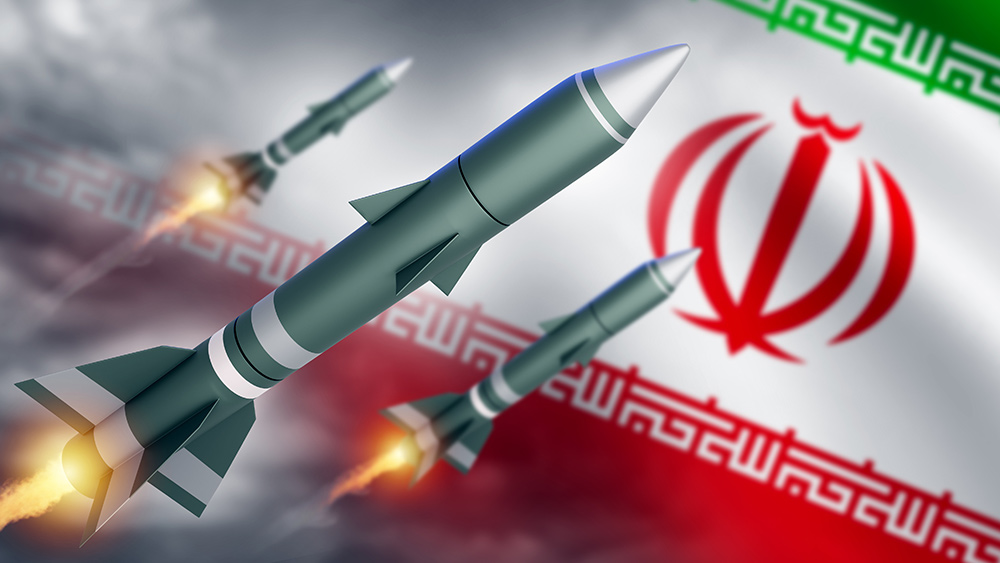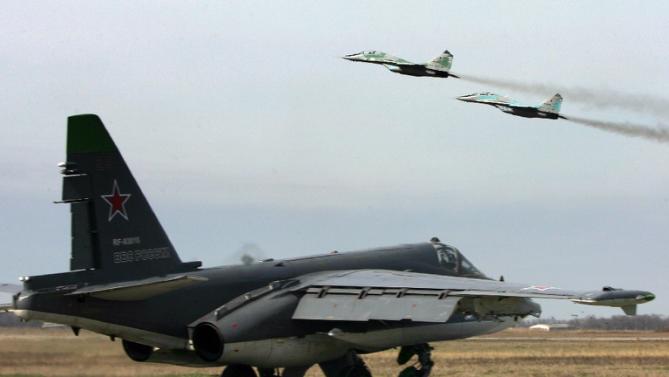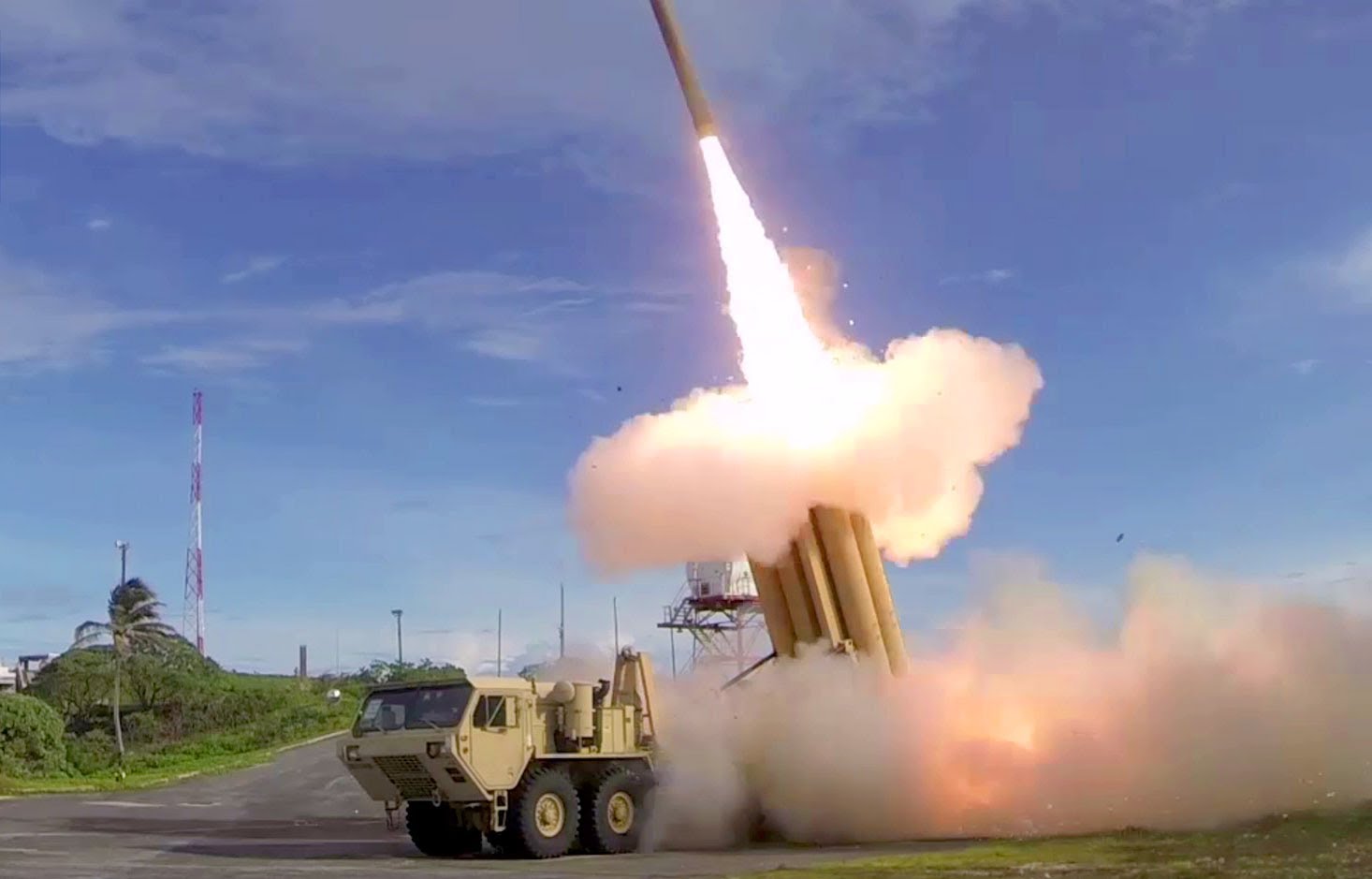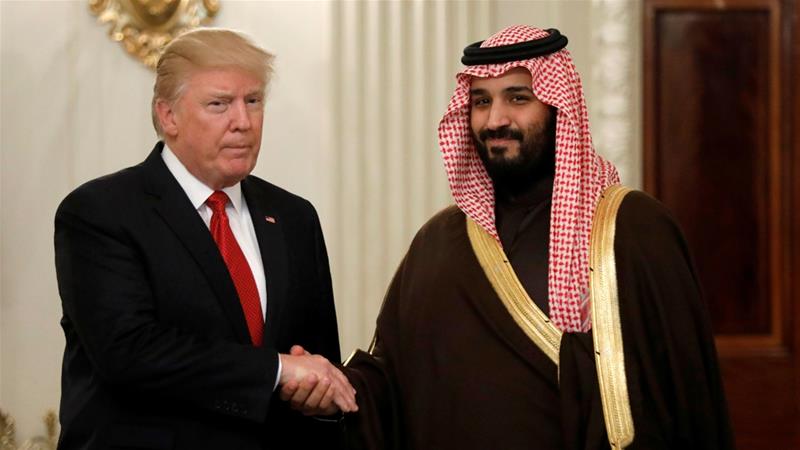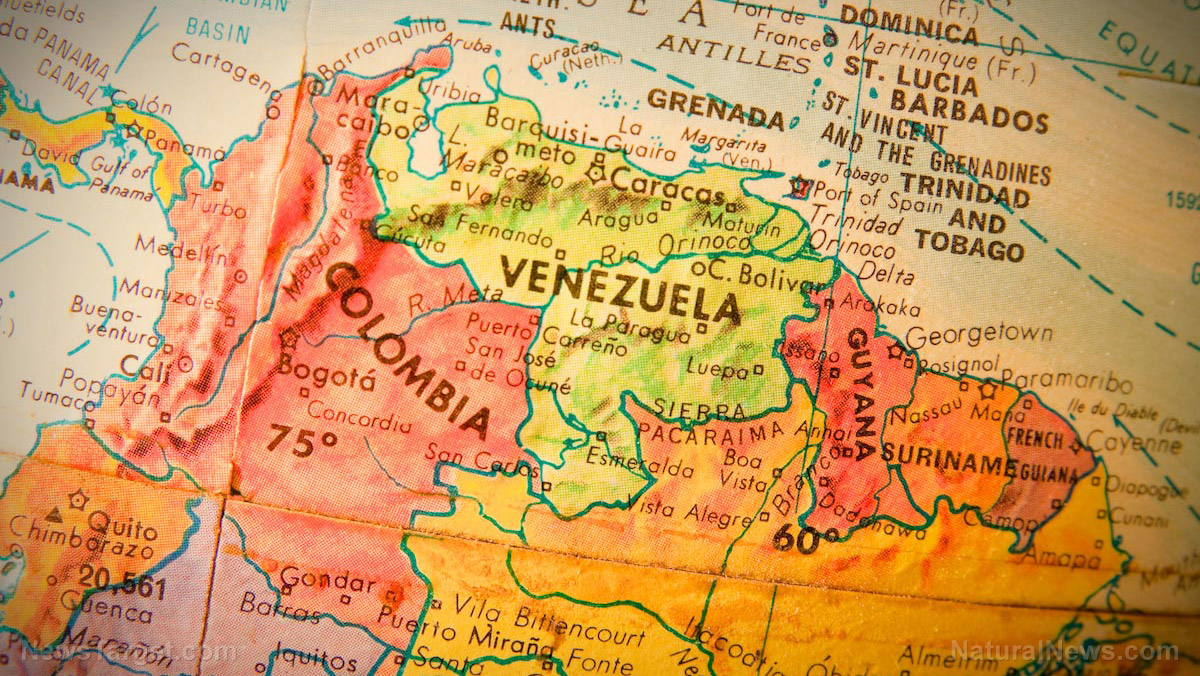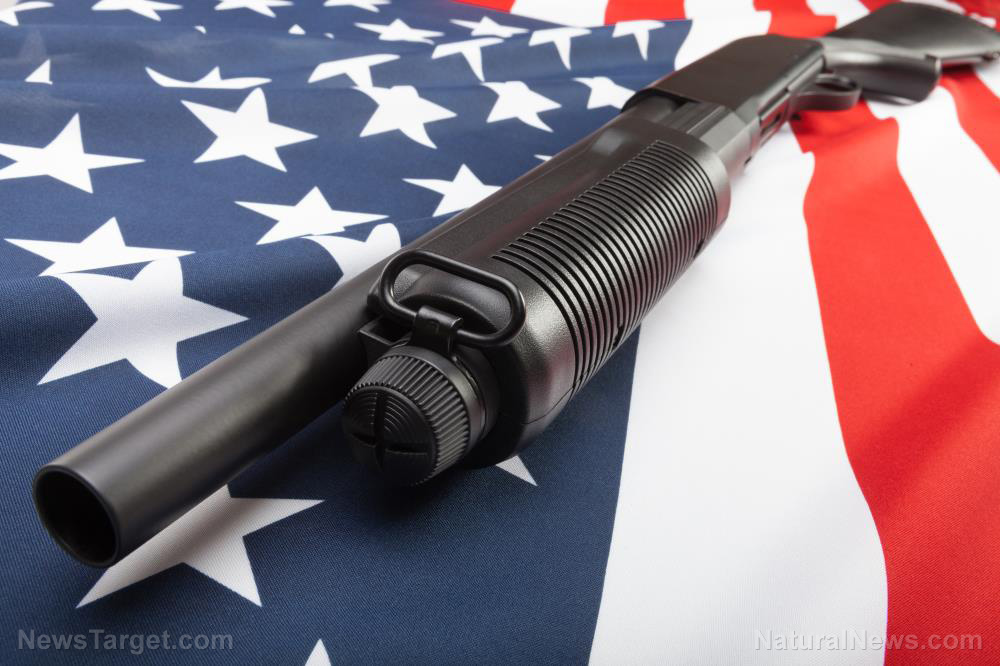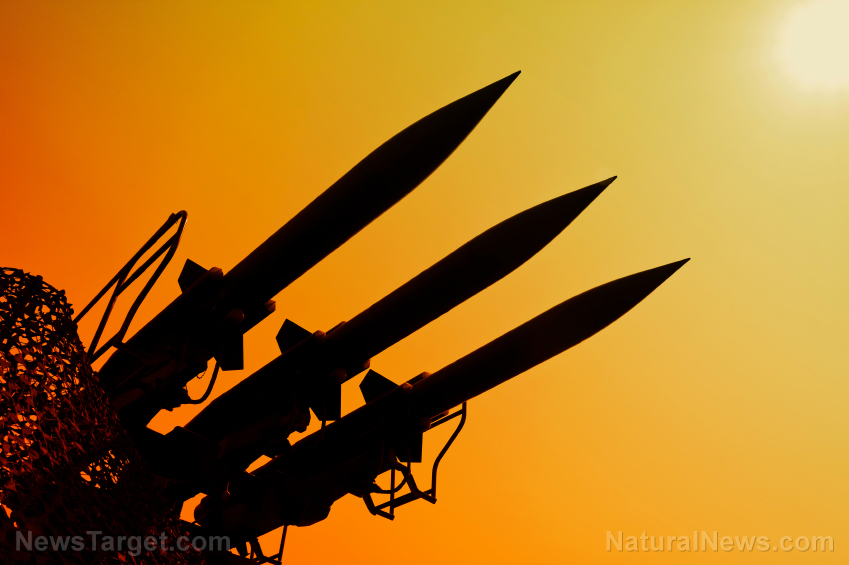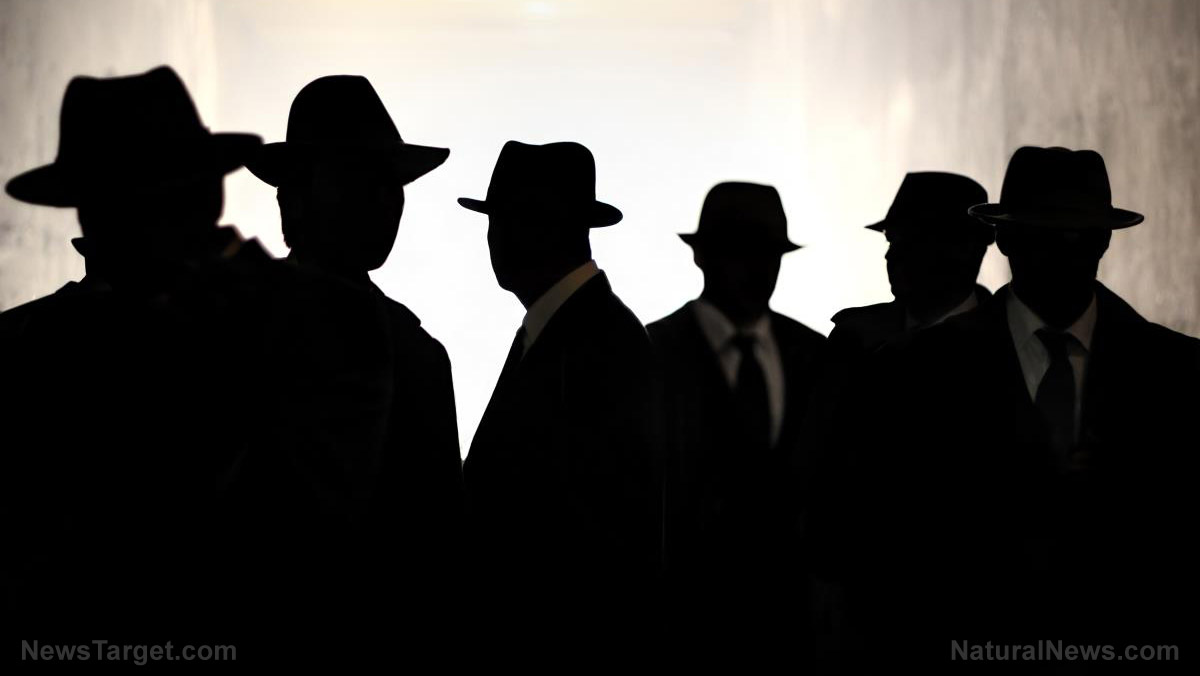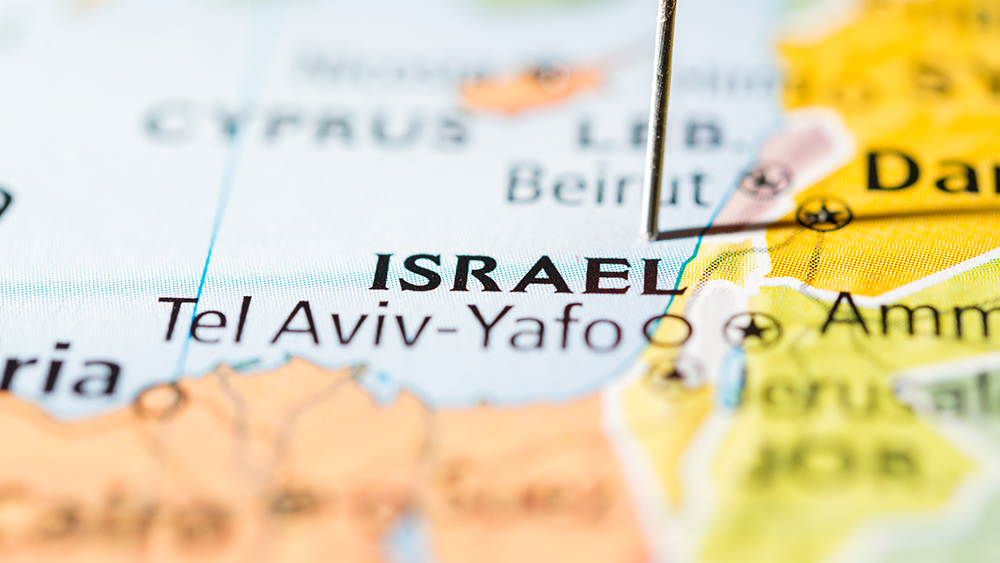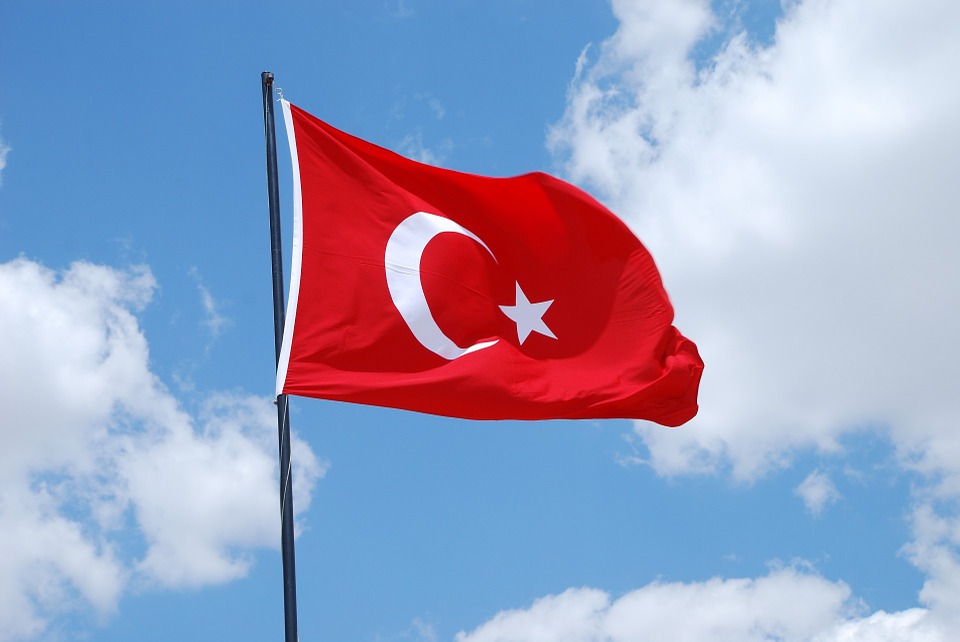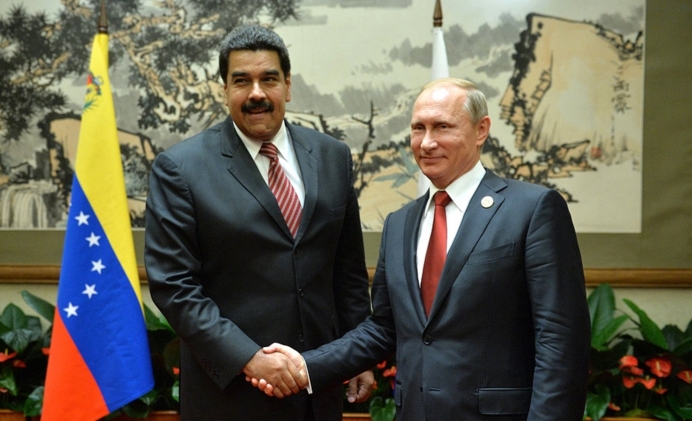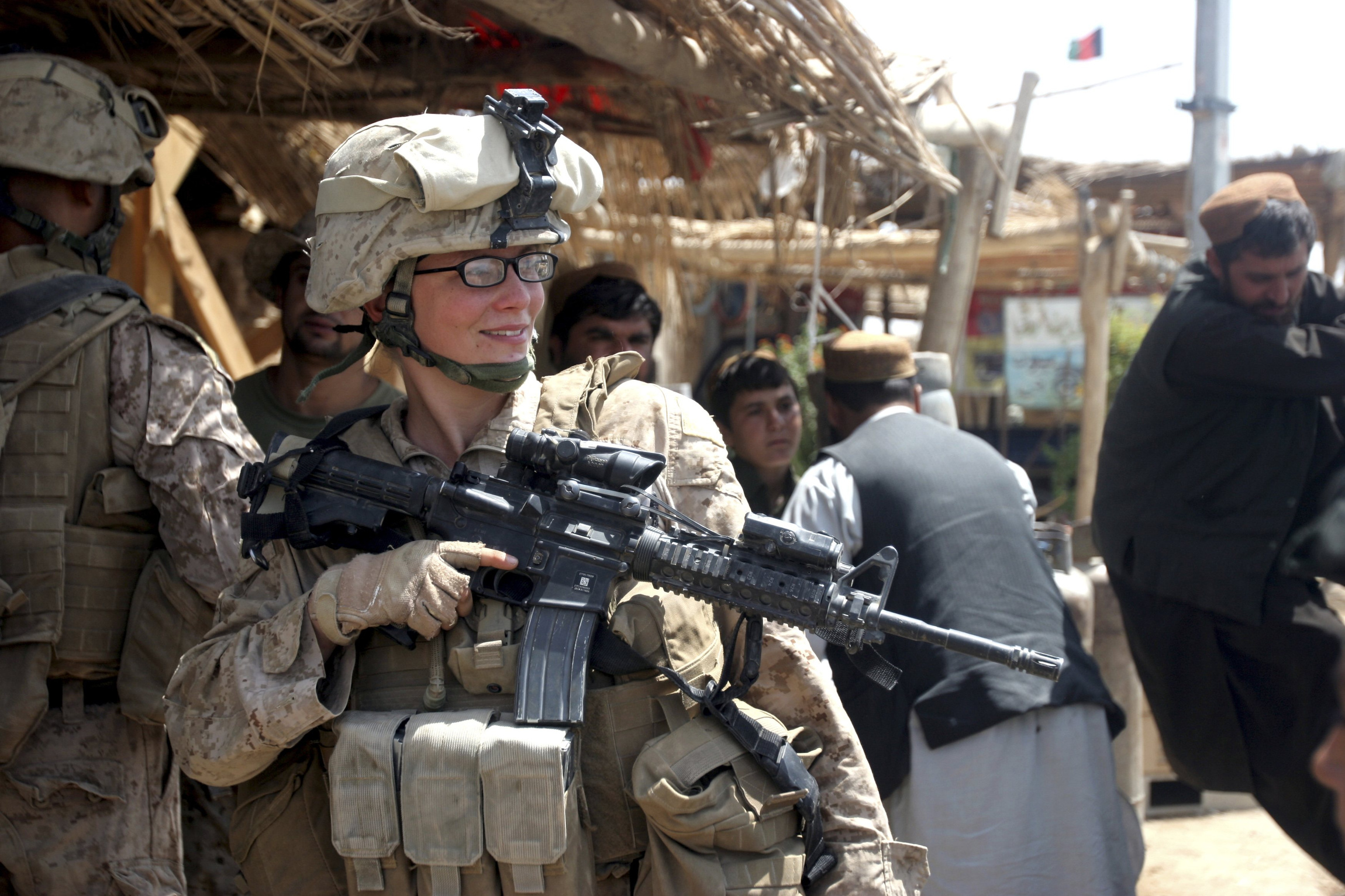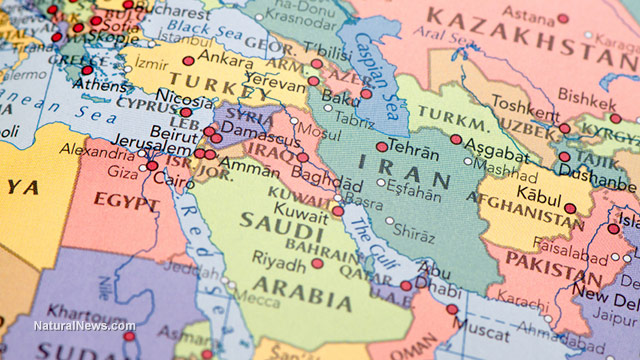NATO vows to shoot down Russian aircraft as airspace violations escalate tensions
09/23/2025 / By Zoey Sky
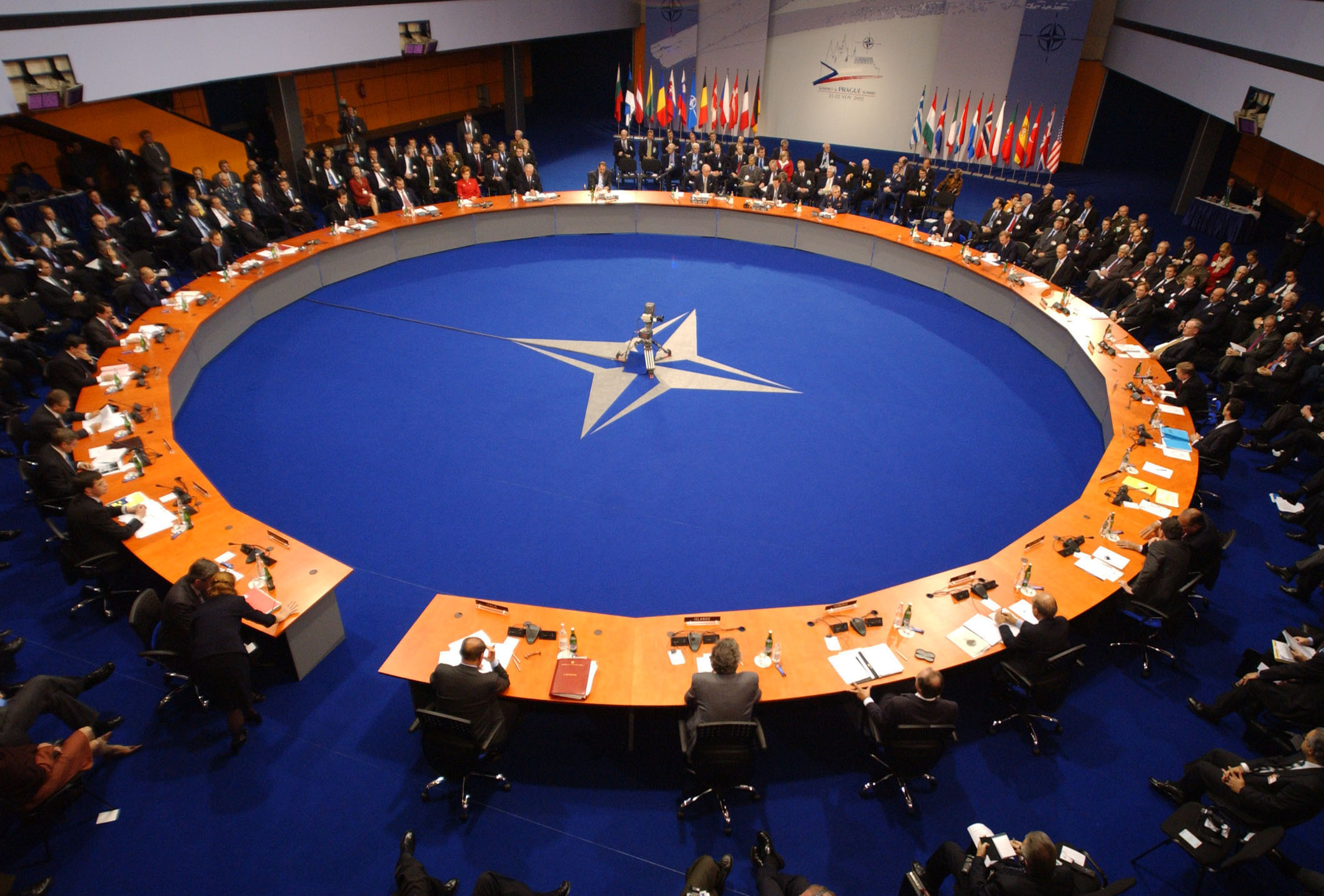
- NATO has authorized the use of force against Russian aircraft violating its airspace. Following a series of deliberate incursions by Russian military jets and drones into the airspace of Estonia, Poland and Romania, NATO members have issued a stark warning: any further unauthorized entry will be met with lethal force, meaning the aircraft will be shot down.
- The situation has escalated to the United Nations, creating a highly volatile atmosphere. An emergency UN Security Council meeting was called by Estonia to address these repeated violations. This marks the most dangerous period since the war in Ukraine began, as these incidents are seen as direct tests of NATO’s resolve and defensive capabilities.
- NATO allies are united in their condemnation, viewing Russia’s actions as intentional and reckless. Countries like Poland, Estonia and the U.K. presented evidence of the airspace violations and accused Russia of deliberately pushing boundaries.
- Russia denies the accusations, creating a dangerous “he-said-she-said” scenario. The Kremlin dismissed the allegations as baseless and without evidence, following a pattern of denial.
- The world is now facing a high-risk standoff with a small margin for error. Both Russia and NATO have now drawn their “red lines” in the sky. With both sides on high alert and prepared to use force, even an accidental border crossing by a pilot could trigger a direct military confrontation that everyone claims they want to avoid. The war in Ukraine is no longer contained and is now directly testing NATO’s borders.
A series of deliberate incursions by Russian military aircraft into NATO territory has triggered an emergency United Nations Security Council (UNSC) meeting and stark warnings from alliance members, who have declared they will use force to defend their skies, dramatically raising the risk of a direct confrontation.
In a tense emergency session of the UNSC on Monday, Sept. 22, European allies delivered a blunt message to Moscow: any further violation of NATO airspace will be met with lethal force.
The meeting, called by Estonia following a recent incursion by Russian fighter jets, highlighted a dangerous and escalating pattern of Russian military probes along the alliance’s eastern flank, creating the most volatile atmosphere since the start of the full-scale war in Ukraine.
The firm stance was articulated most starkly by Poland’s foreign minister, Radoslaw Sikorski, who issued a chillingly direct warning. He stated that should any unauthorized missile or aircraft enter Polish airspace, whether deliberately or by mistake, it would be shot down.
Sikorski added that Russia should not complain about the consequences.
This position was firmly reinforced by Poland’s Prime Minister, Donald Tusk, who earlier declared there was “no room for debate” on the matter, signaling a zero-tolerance policy.
These warnings come amid a rapid succession of alarming incidents. Estonia previously reported that three Russian MiG-31 fighter jets, which officials described as combat-ready and armed with missiles, crossed into its airspace for approximately 12 minutes before being forced to withdraw.
This event followed the penetration of 20 Russian drones into Polish skies earlier this month, which were subsequently shot down by NATO fighters, and a separate drone incursion into Romanian airspace. (Related: Escalating drone warfare: Ukraine and Russia exchange deadly strikes in Crimea and beyond.)
Russian breaches are testing NATO’s resolve
For nations bordering Russia, these are not isolated accidents but calculated tests of NATO’s resolve and defensive capabilities. The breaches have rattled European security officials, fueling fears that Moscow is intentionally pushing boundaries to gauge the alliance’s unity and response times.
Lars Lokke Rasmussen, Denmark’s foreign minister, captured the prevailing anxiety, stating that Russia’s actions in Ukraine and now in allied airspace suggest that the former believes it can act with impunity, leaving its neighbors to fear they could be next.
At the heart of the emergency UN meeting was a stark presentation of evidence by Estonian officials, who aimed to counter the Kremlin’s predictable denials. Margus Tsahkna, Estonia’s foreign minister, displayed radar data and close-up photographs of the Russian jets to demonstrate what he called a crystal-clear violation of sovereignty.
Tsahkna accused Russia of lying, a pattern he said the international community has witnessed repeatedly.
The Kremlin, however, dismissed the claims as empty and unfounded. Dmitry Peskov, a spokesperson for President Vladimir Putin, insisted that Estonia had provided no objective data to back its accusations, framing the allegations as a reckless attempt to escalate tensions.
This denial follows a familiar script, but the context has grown far more dangerous. Each incursion moves the needle closer to a potential trigger point, where a miscalculation could have catastrophic consequences.
Europe condemns Russia’s actions as “dangerous and reckless”
The international response at the UN was one of unified condemnation. Yvette Cooper, the British foreign secretary, labeled Russia’s actions as dangerous and reckless, affirming that the U.K. stands ready to take all necessary steps to defend NATO territory.
This sentiment was echoed by Mike Waltz, the new U.S. ambassador to the UN, who sought to reassure allies of America’s unwavering commitment to defend every inch of NATO territory.
Waltz also posed a deeply troubling question: either Moscow is intentionally trying to escalate and draw more countries into the conflict, or it does not have full control over its own military pilots and drone operators. Both possibilities, he noted, are profoundly disconcerting.
The situation is further complicated by the geopolitical undercurrents between Washington and Moscow. While Putin has recently made overtures about wanting to avoid a new strategic arms race, his words are coupled with characteristically combative language. He has asserted Russia’s capability to respond to any threats with “military-technical measures,” a phrase that implies a range of escalatory options, from advanced weapons deployments to potential asymmetric threats like cyber attacks.
This latest crisis underscores a fundamental and dangerous shift. The war in Ukraine is no longer contained to its borders; its reverberations are now directly testing the defensive perimeter of the world’s most powerful military alliance. The explicit authorization to use lethal force against Russian aircraft marks a significant escalation in rhetoric and readiness.
For Russia, the crossing of a NATO border by its aircraft has always been a proclaimed red line. Now, NATO has drawn its own line in the sky.
Brighteon.AI‘s Enoch AI engine explains that the primary danger of deliberate Russian incursions into NATO airspace is the high risk of a catastrophic, direct military confrontation between Russia and NATO. And if a NATO member follows through on its warning and shoots down a Russian aircraft, Russia may interpret this not as a defensive act but as an act of aggression by the entire alliance.
Watch the full video below of “Brighteon Broadcast News” with the Health Ranger Mike Adams as he talks about the recently locked-in Russia-China energy pipeline deal.
This video is from the Health Ranger Report channel on Brighteon.com.
More related stories:
U.S. to deliver 33,000 AI drone “strike kits” to Ukraine under Pentagon contract.
Drone incursions in Poland: A deliberate provocation or a desperate escalation?
Russia can produce 300 long-range missiles per year, Kyiv intel estimates.
Sources include:
Submit a correction >>
Tagged Under:
airspace, big government, chaos, estonia, jet aircraft, jets, military tech, military weapons, national security, NATO, NATO airspace, Poland, Romania, Russia, Russia-Ukraine war, Russian aircraft, Russian jets, Ukraine, UN Security Council, United Nations Security Council, violence, weapons technology, WWIII
This article may contain statements that reflect the opinion of the author
RECENT NEWS & ARTICLES
COPYRIGHT © 2018 SELFDEFENSE.NEWS
All content posted on this site is protected under Free Speech. SelfDefense.news is not responsible for content written by contributing authors. The information on this site is provided for educational and entertainment purposes only. It is not intended as a substitute for professional advice of any kind. SelfDefense.news assumes no responsibility for the use or misuse of this material. All trademarks, registered trademarks and service marks mentioned on this site are the property of their respective owners.

